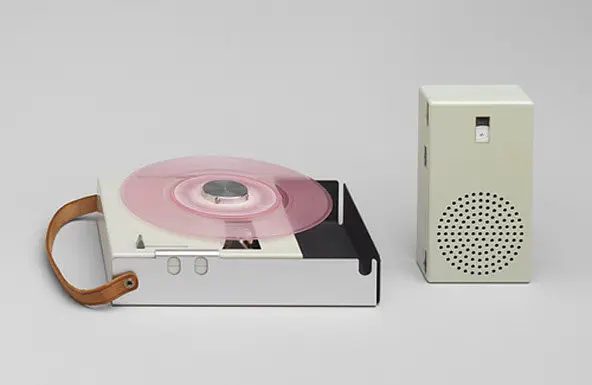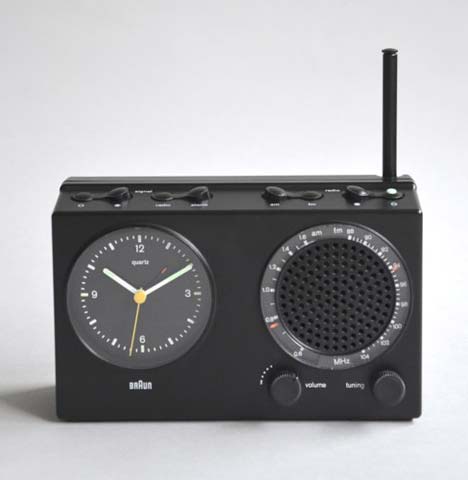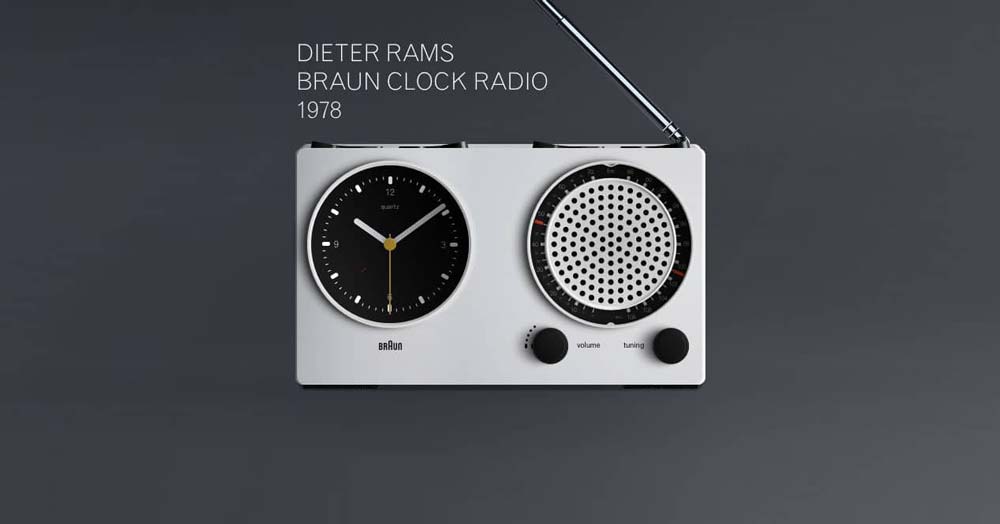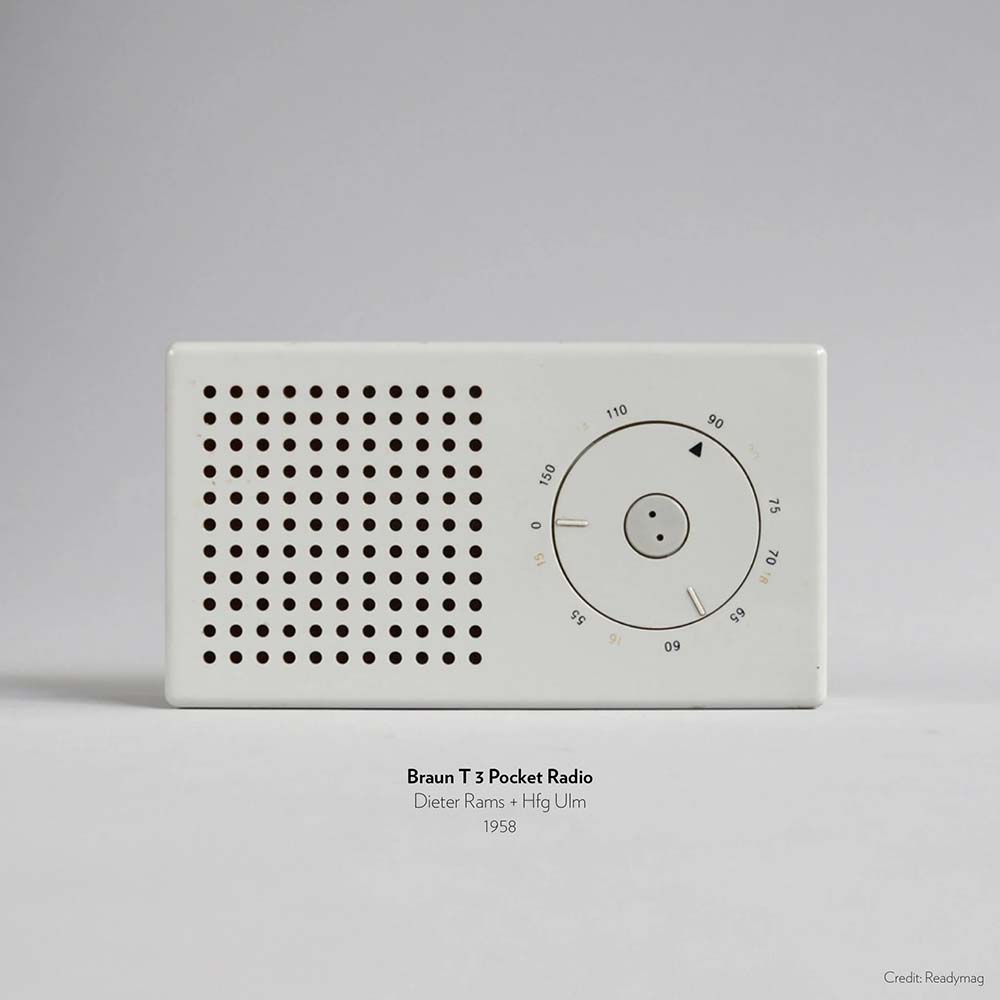Dieter Rams Designed for Functionality, Not Aesthetics: The Philosophy Behind Timeless Design
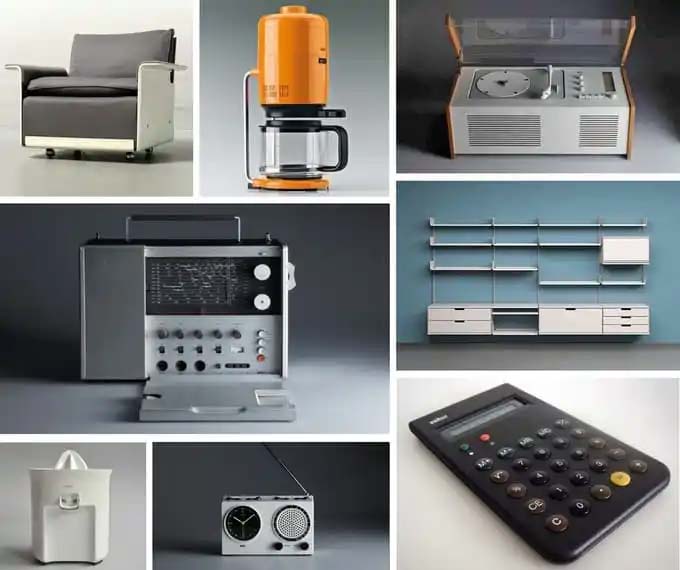
Introduction
Dieter Rams is widely regarded as one of the most influential industrial designers of the 20th century. His work with Braun and other design projects has had a profound impact on the way we think about product design today. Rams is known for creating functional, minimalist designs that prioritize user experience and practicality over mere aesthetics. His famous “less, but better” philosophy has influenced not only the design world but also companies like Apple. In this blog post, we’ll explore Rams’ design philosophy, how he focused on functionality rather than aesthetics, and how his work continues to shape modern design.
The Early Life and Career of Dieter Rams
Rams’ Background and Early Influences
Dieter Rams was born in 1932 in Wiesbaden, Germany. Growing up during the rise of industrial design, he was influenced by the functionalist movements of the 20th century. Rams initially studied architecture before transitioning into industrial design. In 1955, he joined Braun, the German consumer electronics company, where he would spend the majority of his career.
At Braun, Rams was exposed to the emerging modernist design principles of the time, but he quickly began to refine his own approach. His focus shifted from purely decorative forms to creating products that were intuitive, efficient, and useful—principles that would come to define his career.
Joining Braun and Shaping Modern Design
Rams’ time at Braun marked a significant turning point in his career. It was here that he developed his famous design philosophy, which would influence everything from consumer electronics to furniture and architecture. He understood that good design wasn’t just about creating something that looked nice; it was about improving people’s lives by making products easier to use and more functional.
Rams’ Philosophy: Function Over Form
The Principles of Rams’ Design Philosophy
Dieter Rams is known for his 10 principles of good design, which he outlined throughout his career. These principles emphasize simplicity, functionality, and user experience above all else. Rams famously believed that “good design is as little design as possible.” He saw unnecessary decoration as a distraction from a product’s true purpose: to be functional and to solve problems for the user.
Rams’ focus on functionality over form meant that he didn’t prioritize trends or flashy aesthetics in his designs. Instead, he aimed to create products that were easy to use, intuitive, and timeless. For Rams, design wasn’t about making things look pretty—it was about making them work better.
“Less, but Better”: The Essence of Simplicity
One of Rams’ most famous quotes, “Less, but better,” captures the essence of his design philosophy. He believed in stripping away the non-essential, focusing only on what was necessary to serve the product’s function. In his designs, every element had a purpose, and every detail was carefully considered to enhance usability.
Rams avoided superfluous ornamentation, embracing minimalism long before it became a mainstream design trend. His approach wasn’t just about making products look clean and simple—it was about creating products that were more user-friendly and efficient.
Rams’ Iconic Designs for Braun
Functional Yet Elegant: The Braun Products
Rams’ work at Braun resulted in some of the most iconic and functional designs of the 20th century. His designs for Braun’s radios, shavers, and kitchen appliances were revolutionary because they combined sleek, minimalist aesthetics with exceptional functionality.
Take the Braun SK4 “Phonosuper,” for example. Released in 1956, this record player broke away from the traditional bulky designs of the time with its sleek, transparent plastic cover and simple interface. The SK4 became a defining example of Rams’ design ethos, where form and function blended seamlessly. The design was stripped to its essentials, focusing on usability and user interaction while maintaining a modern, refined appearance.
How Rams Transformed Household Appliances
Rams’ work at Braun also transformed the design of everyday household appliances. His electric shavers, radios, and kitchen gadgets all followed his minimalist design principles, making them more functional, easy to use, and visually appealing. The focus on ergonomics and ease of use meant that these products were designed to be intuitively understood by users, regardless of their experience with technology.
These products were not just aesthetically pleasing; they had purpose-built features that simplified tasks and improved the user experience. For Rams, the product’s design was inseparable from its function.
Rams’ Influence on Apple and Modern Technology
Apple’s Adoption of Rams’ Principles
Dieter Rams’ design philosophy had a profound influence on Apple, particularly on its co-founder, Jony Ive. Ive has openly acknowledged Rams as a significant inspiration in his own design work at Apple. Apple’s clean, minimalist design aesthetic—most notably seen in products like the iPhone, iPad, and MacBook—echoes Rams’ principles of simplicity and functionality.
Apple’s products, much like Rams’ designs for Braun, focus on intuitive functionality and elegant simplicity. For example, the iPod’s sleek, user-friendly interface and its compact, functional design are directly influenced by Rams’ emphasis on usability over unnecessary ornamentation.
The Legacy of Rams in Today’s Product Design
The influence of Dieter Rams is still evident in modern product design. Today’s design culture, which values minimalism and user-centered innovation, has roots in Rams’ work. Whether it’s furniture, technology, or consumer electronics, Rams’ focus on functionality, usability, and sustainability has shaped how we think about design.
Rams’ influence can also be seen in the design of software interfaces, where simplicity, clarity, and ease of use are valued above all else. The trend toward intuitive, minimalist designs in apps, websites, and devices can be traced back to his pioneering work.
The Enduring Appeal of Rams’ Designs
Functionality as a Timeless Value
Rams’ designs have endured for decades because they focus on timeless values. In a world full of ever-changing trends and fads, Rams’ designs remain relevant because they prioritize what truly matters: the functionality and usability of a product. His products are designed to last, both in terms of durability and relevance, reflecting his belief that “good design is long-lasting.”
By focusing on solving problems and improving the user experience, Rams’ designs have stood the test of time. Whether it’s a Braun radio from the 1950s or a modern Apple product, Rams’ principles continue to inform how products are conceived, created, and appreciated by users around the world.
How Rams’ Designs Still Influence Designers Today
Designers today continue to be inspired by Rams’ philosophy. In an age where consumer preferences are constantly shifting, the importance of designing for functionality, rather than just appearance, remains as relevant as ever. The idea that products should be simple, intuitive, and purposeful has influenced countless modern design projects across industries, from electronics to architecture.
Conclusion
Dieter Rams’ commitment to designing for functionality, not aesthetics, revolutionized the world of industrial design. His minimalist approach, which focused on usability and simplicity, has left a lasting legacy that continues to shape the way we design and interact with products today. By prioritizing function over form, Rams created designs that have stood the test of time, and his principles continue to inspire designers and companies worldwide. Rams’ work proves that good design is not about creating something that looks beautiful—it’s about creating something that works beautifully for the people who use it.
References
Rams, D., 2012. Dieter Rams: As Little Design as Possible. London: Phaidon Press.
Ive, J., 2016. Jony Ive: The Man Behind Apple’s Designs. New York: Design Publishers.
Koller, D., 2020. The Legacy of Dieter Rams in Modern Product Design. [online] Available at: https://www.designweek.co.uk [Accessed 1 March 2025].

Introduction: The Birth of Blue Jeans In 1873, a revolutionary piece of clothing was born that would go on to…

Introduction: The Man Who Revolutionized Manufacturing When we think of Henry Ford, we often think of the automobile—his name is…

